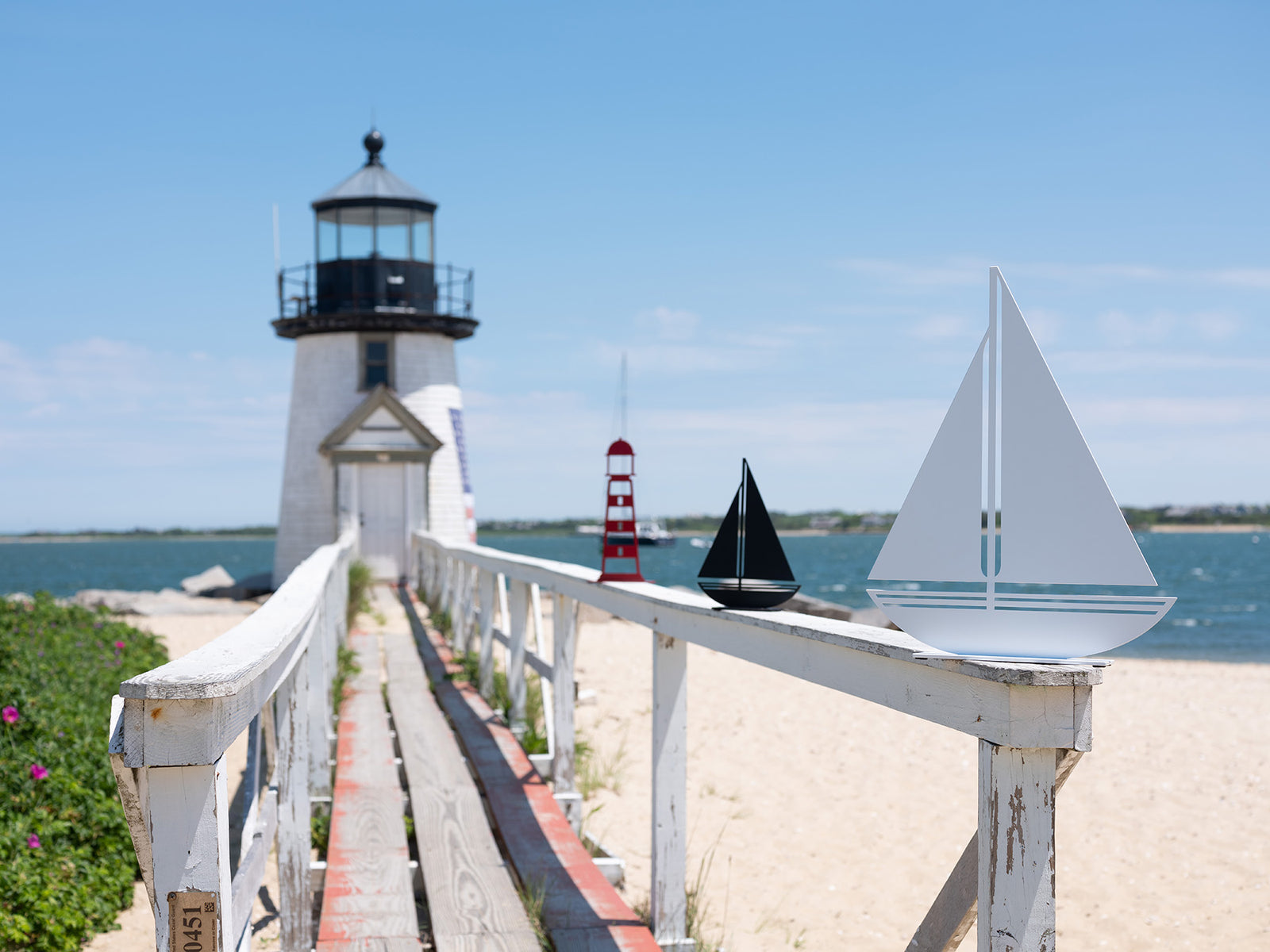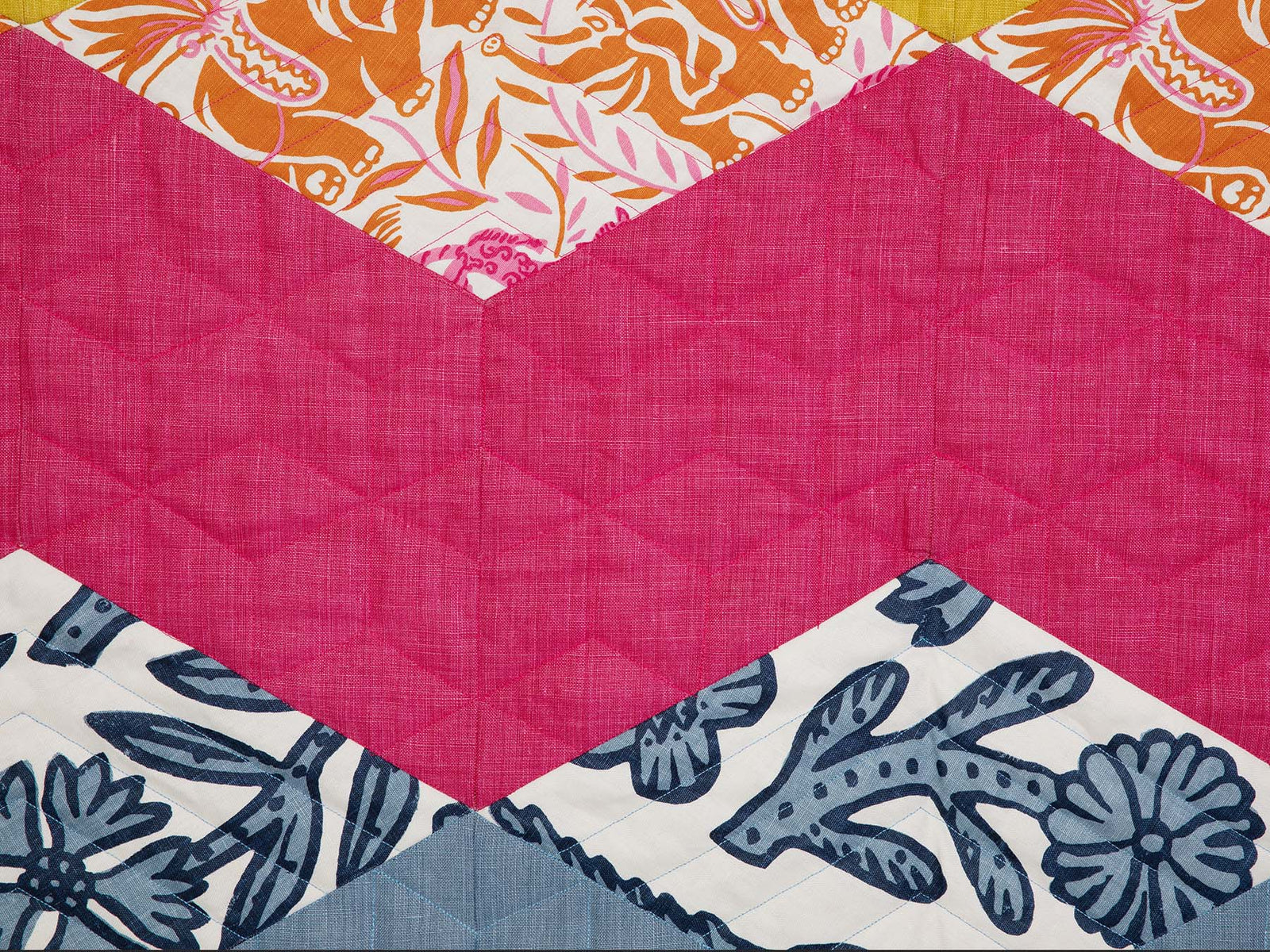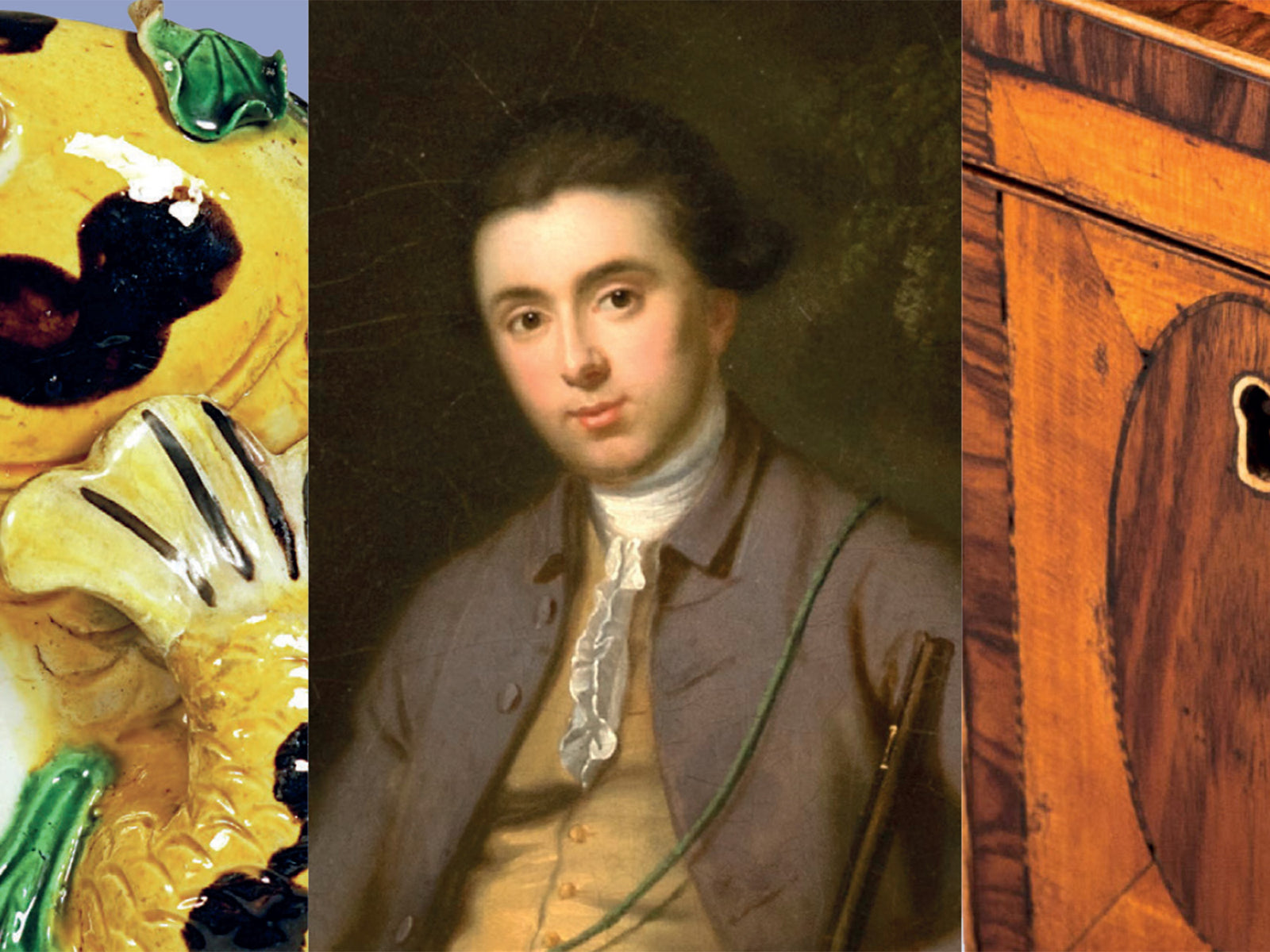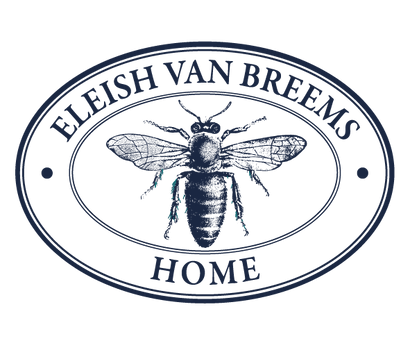FREE GROUND SHIPPING* ON U.S. ORDERS $200+ | Excludes Furniture, Lighting, Antiques.
FREE GROUND SHIPPING* ON U.S. ORDERS $200+ | Excludes Furniture, Lighting, Antiques.
Antiques & Mid Century
SHOP EvB Home
Furniture & Antiques

K.W. Gullers - A Life in Photography
by Rhonda Eleish June 16, 2020 4 min read

When you are a child, there are certain people and experiences that influence and form future ideas and directions. After having had the great fortune of traveling the world by the age of 12, I settled with my family in Fairfield, CT so we could be close to both New York City (where Dad became the classic "Man in a Gray Flannel Suit" typical of the period) and to be near my Swedish-American family.
During the summers while growing up, my aunt Ittan's father, the great Swedish photographer Karl Werner (K.W.) Gullers, would visit. He would bring with him the latest books he had published and it was always thrilling for me. I loved the way his images vividly captured Swedish life and even though I had never been there, I felt a visceral connection to this seemingly far away land and culture. Little did I know that years later, Edie and I would be involved in a business that would follow a path directly back to Sweden.
In hindsight, it wouldn't surprise me to discover that Karl (K.W.) is smiling down on me in appreciation, and I say "Tak" for the gift of those inspiring images that helped me fall in love with Sweden!
K.W. was born in Clara Church, Stockholm in 1916. His father Emil was a lawyer and farmer's son from Rising, Östergötland and was one of the founders of what is now the Liberal Party. His mother, Anna, was a teacher. K.W. Gullers grew up in central Stockholm as one of five siblings. At twelve, he received his first camera, a Kodak Brownie.
In 1932, he began to work for Anders Forsner, who was then the leading photographer in Stockholm. His salary was fifty dollars a month and a typical workday started at eight in the morning and went until seven at night. It was with Forsner that K.W. received a comprehensive education and training in the discipline of photography.
At the age of eighteen, he traveled on a scholarship from Borgarskolan to England. This adventure laid the foundation for his emphasis on photojournalism, portrait and fashion photography.

Returning to Sweden, K.W. began to work with a Dutch photographer known for his distinctive high-key image processing which produces a bright portrait. For three summers during this time, he also worked as an air photographer for Aero Materiel AB, which was owned by the Florman brothers.

In 1938, K.W. opened his own firm in Stockholm. His wife Ingvor and the highly skilled copyist Magda Persson joined him to form Studio Gullers. (Over time, Studio Gullers represented many other photographers, such as K.W.’s son Peter and Bjorn Enstrom, both of whom worked at the studio for twenty-five years. Swedish journalist and author Stieg Trenter’s son, Stay Trenter, as well as Tore Johnson were also represented.)

On September 1, 1939, World War II started with German troops invading Poland and K.W. was called to duty in 1940. Assigned to the foreign ministry, K.W. was placed on a special mission as the official photographer. He photographed government and various arms of service and these images were then used for propaganda purposes. He went on to complete Swedish diplomatic missions worldwide.

While in active service, he met Swedish author Stieg Trenter, and they started working together (K.W. even became Trenter's model for the famous detective, Harry Friberg, in his detective novels!). They were inseparable friends and colleagues until Trenter's death in 1967.
K.W. participated in his first exhibition at Piccadilly Circus in London in 1942. Entitled “A Piece of Sweden,” the show’s focus point was his photos of wartime Swedish propaganda. However, photography documenting the government, royal families and Swedish industry were also on display.

The years between 1938-1946 were a prolific period for K.W., whose primary work involved collaborations with a number of Swedish and foreign magazines. Unlike most photographers, he also wrote copy himself. This unique attribute proved very helpful in the world of photojournalism, as he would later find out.

In 1948, he published "Sweden From the Air" which was a compilation of fifteen thousand images that he shot while spending those early summers at Areo Materiel.

K.W. received the prestigious position of Chairman of the Swedish Photographer's Association in 1953. Serving for four years, K.W. was an enthusiastic leader who, together with Kerstin Bernhard and Karl Sandels, among others, actively addressed standards for training and photographic fees which set in place a structure for the photographic industry as a whole. He was also influential in creating the association’s international contacts during his tenure. Additionally, he maintained an active membership with the Nordic Federation of Photographers for fifteen years and was a founding member of Europhot (European Association for the Photographer Organization).

1957 was a breakthrough year for color photography in Sweden. By this time high quality photographs on Kodak's C-paper could be produced. While color was used primarily in advertising, now newspapers and other press outlets began to use color imagery as well. Studio Gullers became one of the first to install its own color laboratory, and for twelve years produced thousands of photographs a week. From 1957 onward, even K.W.’s books were exclusively printed in color.

In 1990, The Nordic Museum in Stockholm purchased the K.W. Gullers image collection spanning the years 1938-1978. This collection consists of approximately 470 000 negatives, in black and white and color, with the majority of them in 6x6 format. There are also approximately 5,000 archival copies of photos in the 24x30 cm size and over 100,000 contact sheets. In addition, the collection includes a negative ledger, a copy of the first editions of sixty two titles, press cuttings and two cameras (his original Kodak Brownie and a Rolleiflex). The acquisition was made possible by support from the Knut and Alice Wallenberg Foundation and the Nordic Society Museum and Skansen's Friends.
In conjunction with the purchase of the collection, The Nordic Museum arranged a large exhibition titled " K.W. Gullers - Picture Memories " at the museum. With a thematic emphasis on the local, the show featured his images of Sweden from the 1940's and 1950's.

With the addition of the K.W. Gullers collection to The Nordic Museum's archives, it has solidified his status as a revered and treasured reporter whose camera doubled as his trusty assistant and notebook. His images are a photographer's lasting vision of Sweden during a time of tremendous societal upheaval, technical innovation and national transformation during a vital period in the 20th century.






Also in Swedish Interiors Blog

36 Hours on Nantucket Travel Guide
by Edie Van Breems August 19, 2024 3 min read

Threads of Life: A Designer Quilt Exhibition During Nantucket by Design
by Edie Van Breems July 24, 2023 1 min read

The Nantucket Show During Nantucket by Design
by Edie Van Breems July 24, 2023 1 min read
*UPS or USPS Ground shipping only. Excludes furniture, lighting and antiques, as well as custom orders.



